Study Abroad
German Sausage – The Essence of German Cuisine and Culture
- 15/11/2024
- Posted by: CTV Nhi
- Category: Experiences in Germany
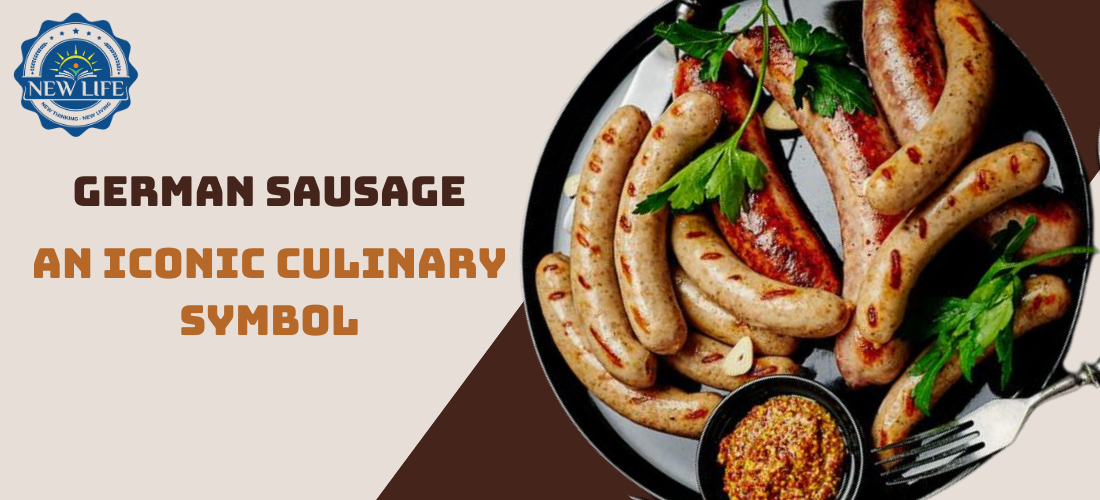
German Sausage – The Essence of German Cuisine and Culture
German sausage is an indispensable part of German cuisine and has become a cultural icon, captivating millions of food lovers worldwide. With its rich flavors, variety of types, and different cooking methods, German sausage plays an important role in the life of Germans and contributes to the uniqueness of German culture. Let’s explore its origins, role, characteristics, and why this dish has become so popular and famous.
The Origins and History of German Sausage
German sausage has a long history, with the first records of sausage dating back to the 14th century, when Germans created various recipes to preserve meat during the long winter months. Since then, different types of sausages have been developed across various regions, resulting in unique flavors that reflect the culture and customs of each locality. Famous types like Bratwurst and Weisswurst date back to the 14th century when small towns began emerging as centers for traditional food production and processing.
The Role of German Sausage in German Cuisine
German sausage is not just a dish but a core part of German cuisine, linked to every celebration, from beer halls to family meals. German sausage is enjoyed at many times of the day, such as breakfast with bread, lunch with beer, or dinner at gatherings. In traditional restaurants, street food stalls, and farmers markets, you can easily find sausages that are grilled, boiled, or fried, their aroma attracting diners of all ages. Thus, German sausage has become an indispensable symbol of German culture.
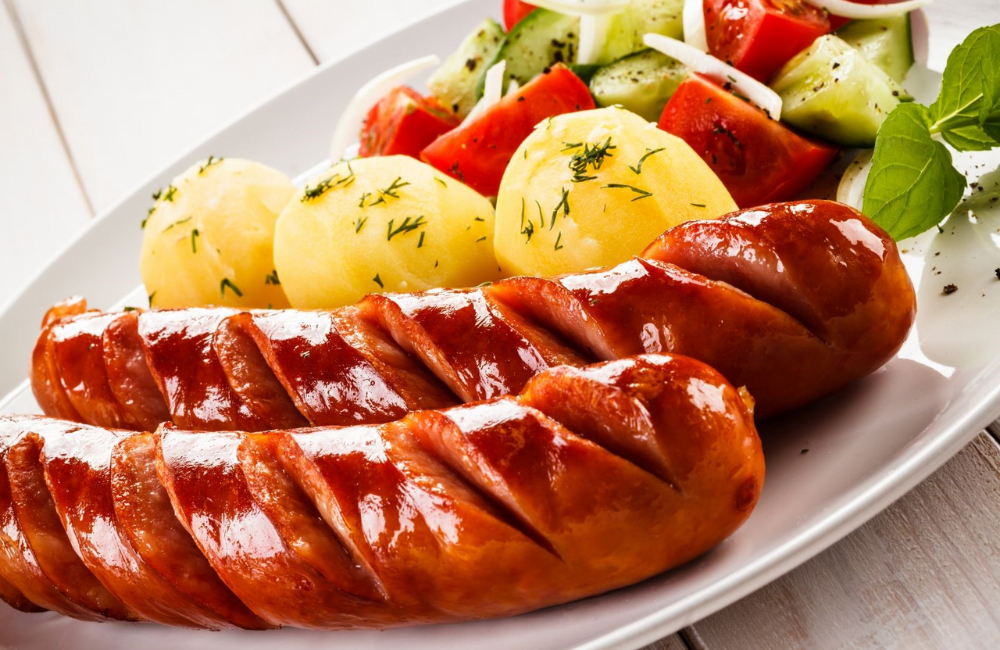
Popular Varieties of German Sausage
Bratwurst
Bratwurst is one of Germany’s most famous sausages, made from pork, beef, or veal, usually grilled and served with bread and mustard. While Bratwurst is found throughout Germany, each region has its own preparation and seasoning style, offering a wide variety of flavors.
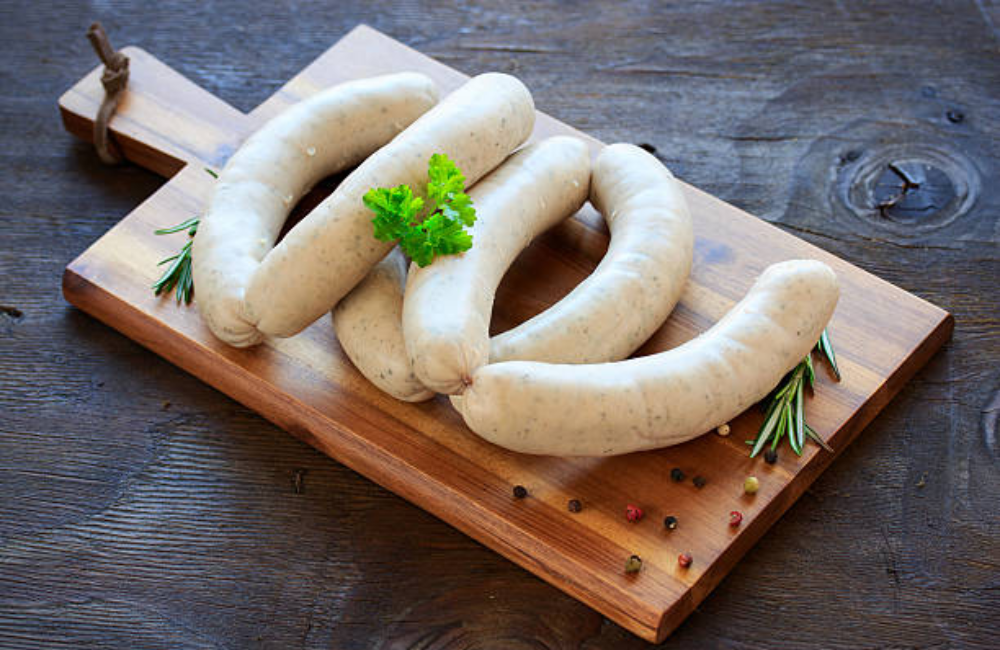
Currywurst
Currywurst is an iconic German street food, especially popular in Berlin. This dish consists of sausage cut into small pieces, topped with tomato sauce, and sprinkled with curry powder. Currywurst is loved for its flavorful, mildly spicy flavor and its suitability for street food culture.
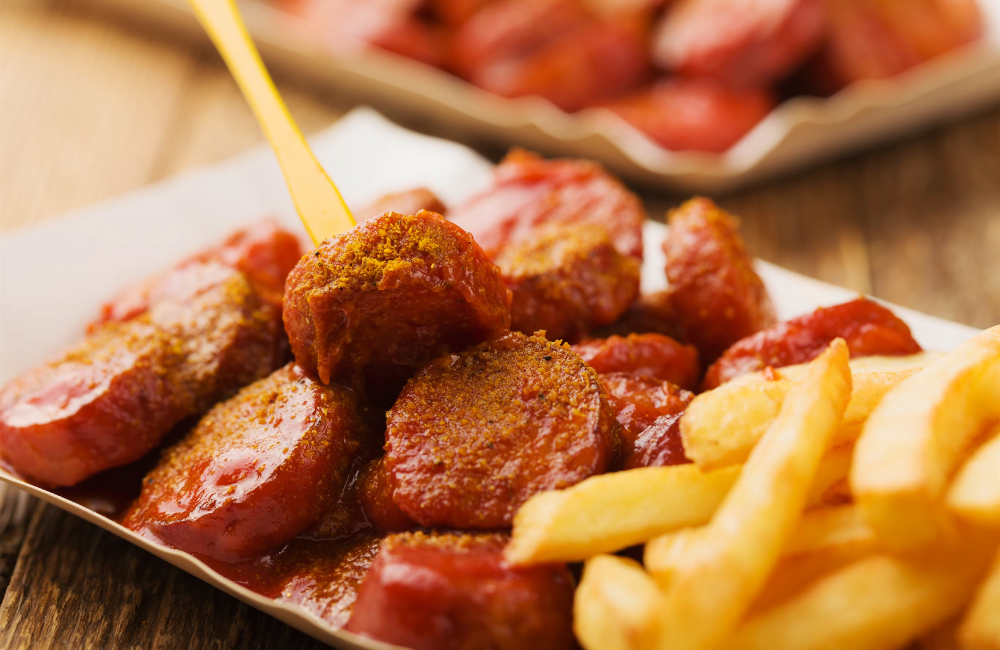
Weisswurst
Weisswurst is a white sausage unique to Bavaria, typically made from veal and pork and seasoned with herbs. Unlike other sausages, Weisswurst is boiled rather than grilled and is often eaten in the morning or at noon, served with soft bread and sweet mustard.
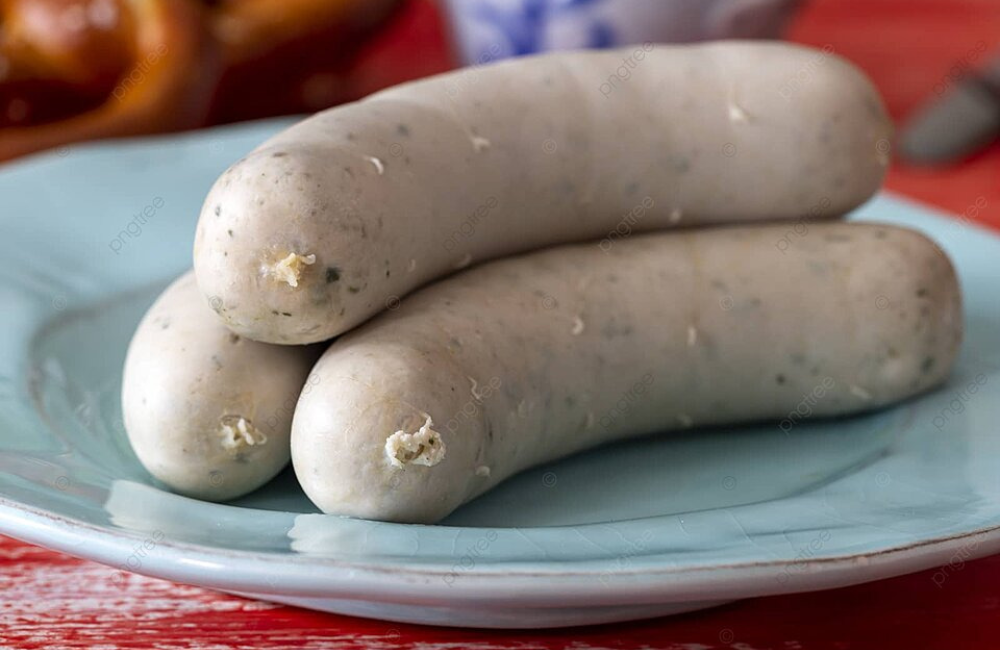
The difference between German sausage and sausage in other countries
Each country has its own signature sausages, but German sausage stands out due to its diverse preparation styles and rich flavors.
Spanish Sausage (Chorizo)
Spain’s chorizo has a bold, spicy flavor, thanks to bright red paprika – the primary ingredient that gives it its distinctive color. Chorizo is usually fermented or smoked, then air-dried for durability and chewiness. In contrast, German sausages like Bratwurst and Weisswurst are often fresh and either grilled or boiled to retain the natural taste of the meat, providing a softer, juicier, and fresher experience.
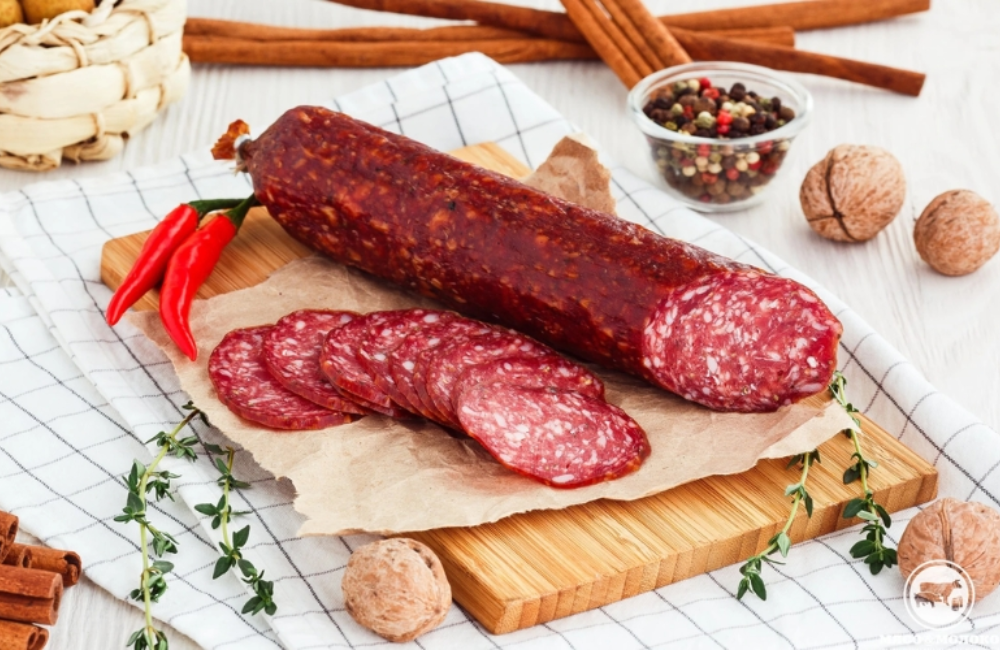
French Sausage (Andouille)
Andouille is a well-known French sausage, especially in Brittany and Normandy, made from pork meat and pork intestines seasoned with garlic and pepper. Andouille has a strong, bold flavor and a firm texture, often used in stews or grilled for a robust, refined taste. German sausages, on the other hand, lean toward grilling or boiling for everyday meals and street food, providing a more approachable and easy-to-enjoy option. German sausages are generally soft and juicy, offering a different experience compared to the complex flavors of Andouille, which is often part of high-end cuisine.
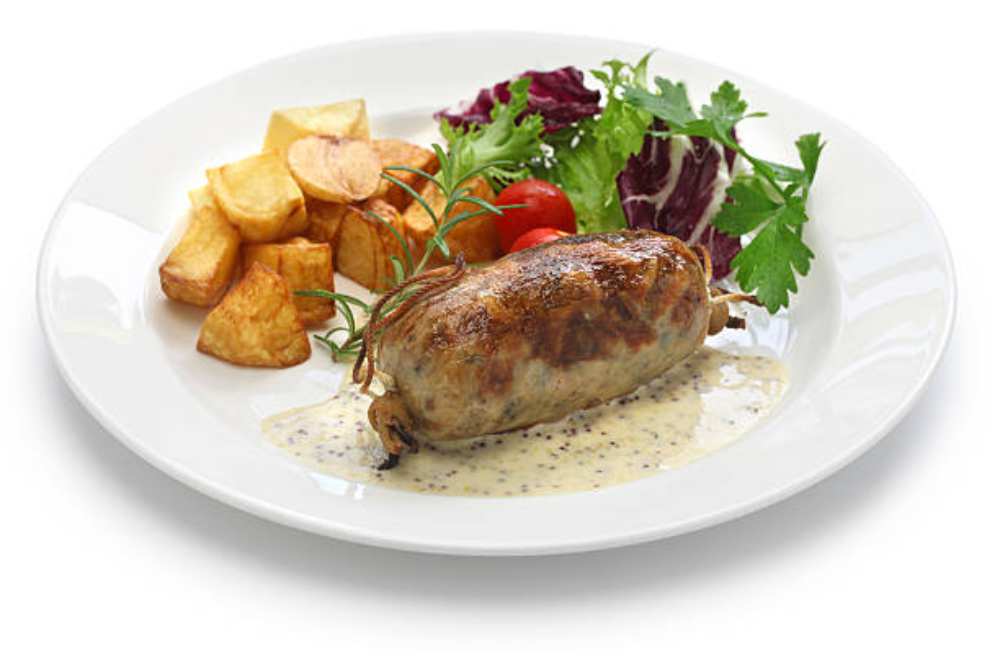
Italian Sausage (Salami)
Italian salami is a dry-cured and fermented sausage, known for its salty, intense flavor, and is made from beef or pork seasoned with garlic, pepper, and herbs. Due to the curing and drying process, salami has a firm texture and can be preserved for a long time, often sliced thin and enjoyed with bread, wine, or cheese. In contrast, German sausages are usually consumed immediately after preparation, without fermentation or drying, thus offering a fresh, soft, and flavorful taste. This makes German sausages ideal for quick meals and large gatherings, providing a welcoming and easy-to-enjoy experience.
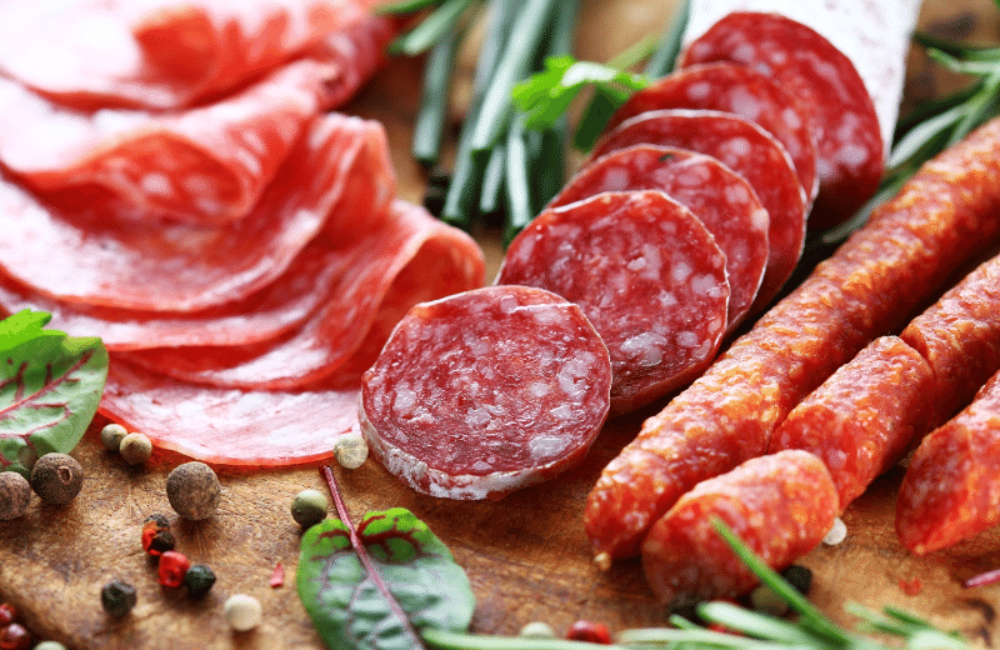
German Sausage at Festivals and Special Occasions
German sausage is not only a popular everyday dish but also a core part of festivals and events across Germany, creating a lively atmosphere, bringing people together, and showcasing the country’s unique cultural identity.
Oktoberfest celebration – The World’s Largest Beer Festival
When talking about the famous Oktoberfest beer festival, one cannot overlook the sight of various sausages served alongside large mugs of beer. Held annually in Munich in the fall, Oktoberfest is the largest beer festival in the world, attracting millions of visitors. During the festival, German sausages like Bratwurst and Weisswurst are grilled on-site and served with bread, mustard, and pickled cabbage, pairing perfectly with refreshing beer and adding to the lively, joyful festival atmosphere.
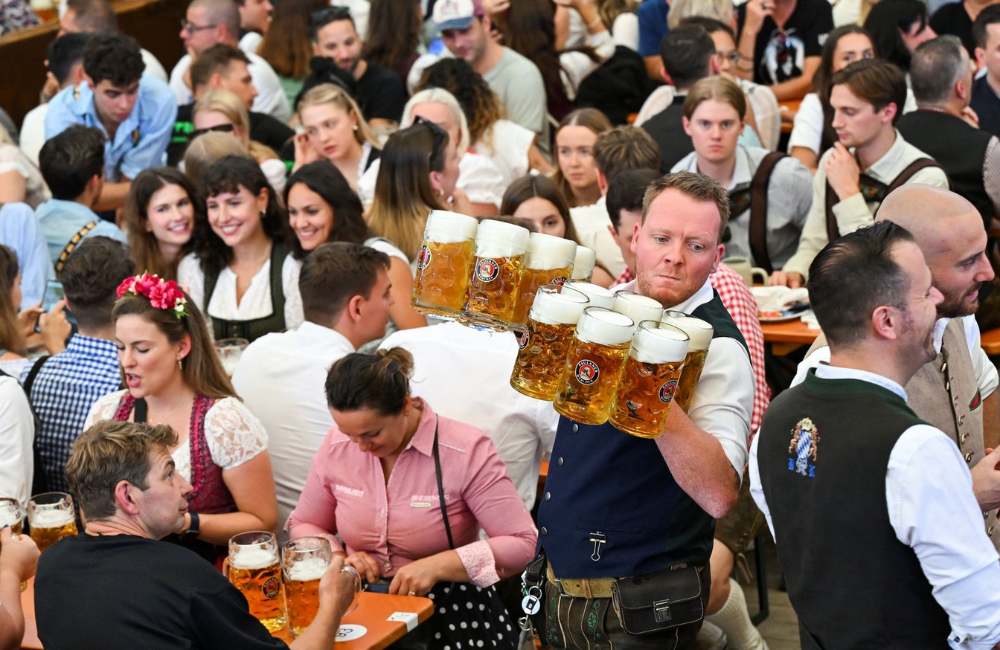
Weihnachtsmarkt
At winter fairs, especially Christmas markets, German sausages are a popular food choice. These markets, held in major cities like Berlin, Hamburg, and Frankfurt from late November to December, serve hot sausages in the cold winter air, providing a warm and delicious treat. Sausages are grilled or fried and served with bread and spicy mustard, becoming an essential part of the winter experience. Currywurst with its mildly spicy tomato sauce and curry powder topping is especially popular during this time, adding warmth and rich flavor to the festive spirit.

Volksfest
Various local food festivals, collectively known as Volksfest, take place across Germany, offering opportunities for regions to showcase their specialty dishes, with sausage as a main highlight. Each area has its own unique sausage, from Bavaria’s Weisswurst to Berlin’s Currywurst, with each type featuring unique preparation methods and seasoning. Volksfest provides a chance for communities and tourists to enjoy local sausages made with traditional recipes that preserve their distinctive flavors. These events also allow local sausage producers to showcase their products, celebrating the culinary culture and traditions of each region.
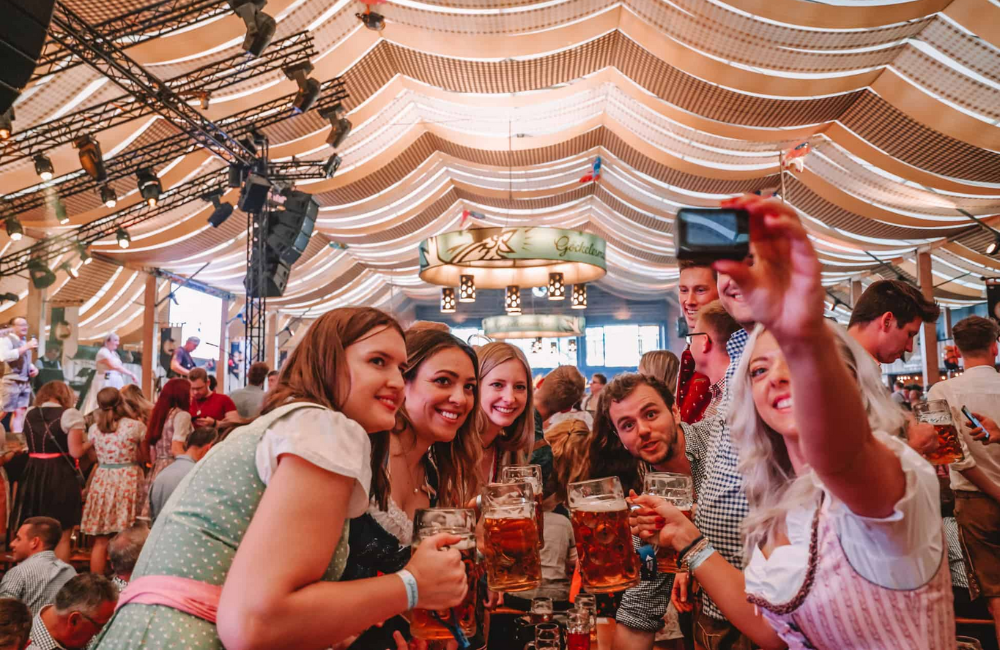
Cultural and Sports Events
German sausages are also present at cultural events, sports festivals, and large concerts. At stadiums and music festivals, German sausages are often sold as convenient, enjoyable snacks for crowded spaces. Grilled Bratwurst or Currywurst with its special sauce is an ideal choice for easy, delicious eating, fueling people to continue enjoying the lively event atmosphere.
German Unity Day (Tag der Deutschen Einheit)
German Unity Day, held on October 3, commemorates the reunification of East and West Germany. On this holiday, major cities often organize public events with music, performances, and sausage stands serving the people. German sausages have become a popular dish on this day, symbolizing the unity and shared culture of Germans across the country.
Why is German Sausage so popular?
German sausage is not only delicious but also highly convenient and easy to serve at crowded events. Its rich flavors and variety make it suitable for a wide range of tastes. Moreover, German sausage evokes a sense of nostalgia and connection for Germans, allowing them to share their pride and traditions during every celebration. With its excellent pairing with other foods and drinks like beer, bread, and mustard, German sausage creates a unique culinary experience at every festival, from traditional events to modern celebrations, fostering a joyful, warm, and united atmosphere in Germany.
German Sausage – A Must try dish
German sausage is not just a dish but a part of German culture, bringing cultural value, a sense of community, and connection between people. Sausages like Bratwurst, Currywurst, and Weisswurst contribute to the unique and appealing character of German cuisine. Over the centuries, German sausage has become an indispensable symbol for global diners and promises to continue enchanting food lovers around the world.

